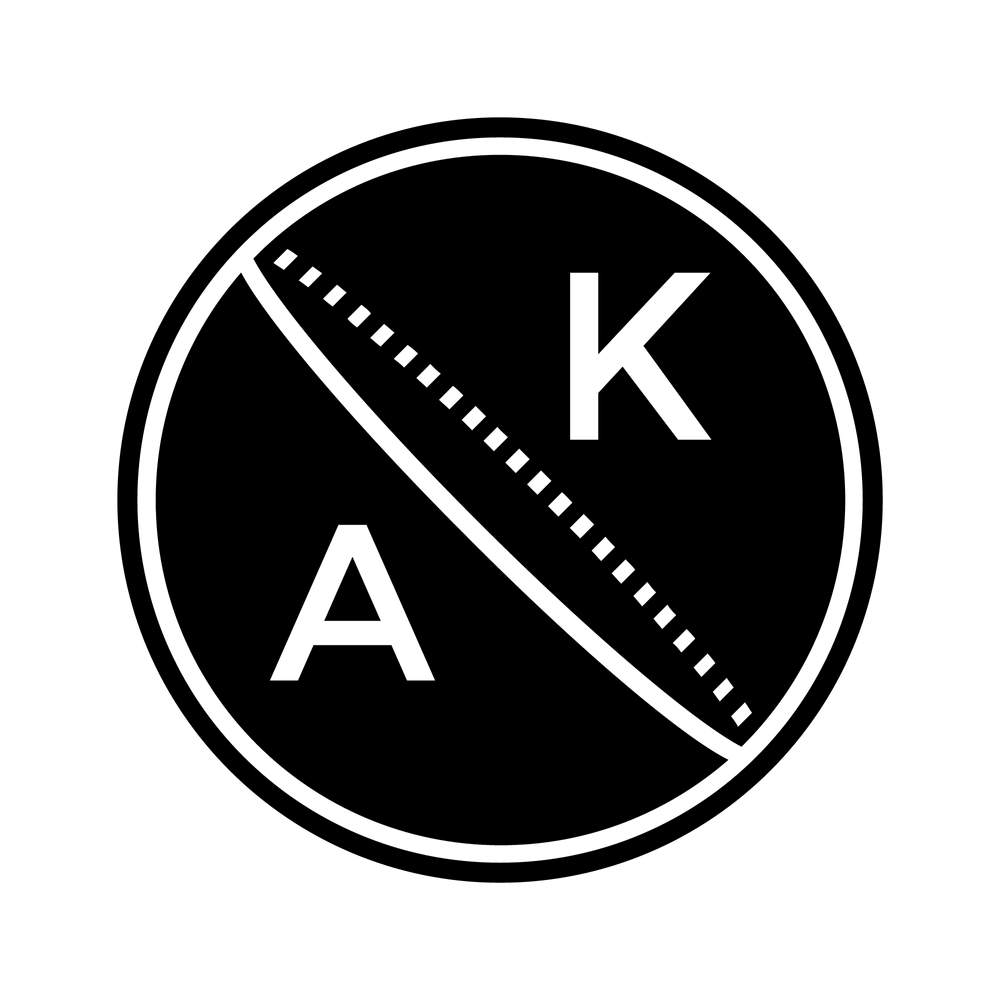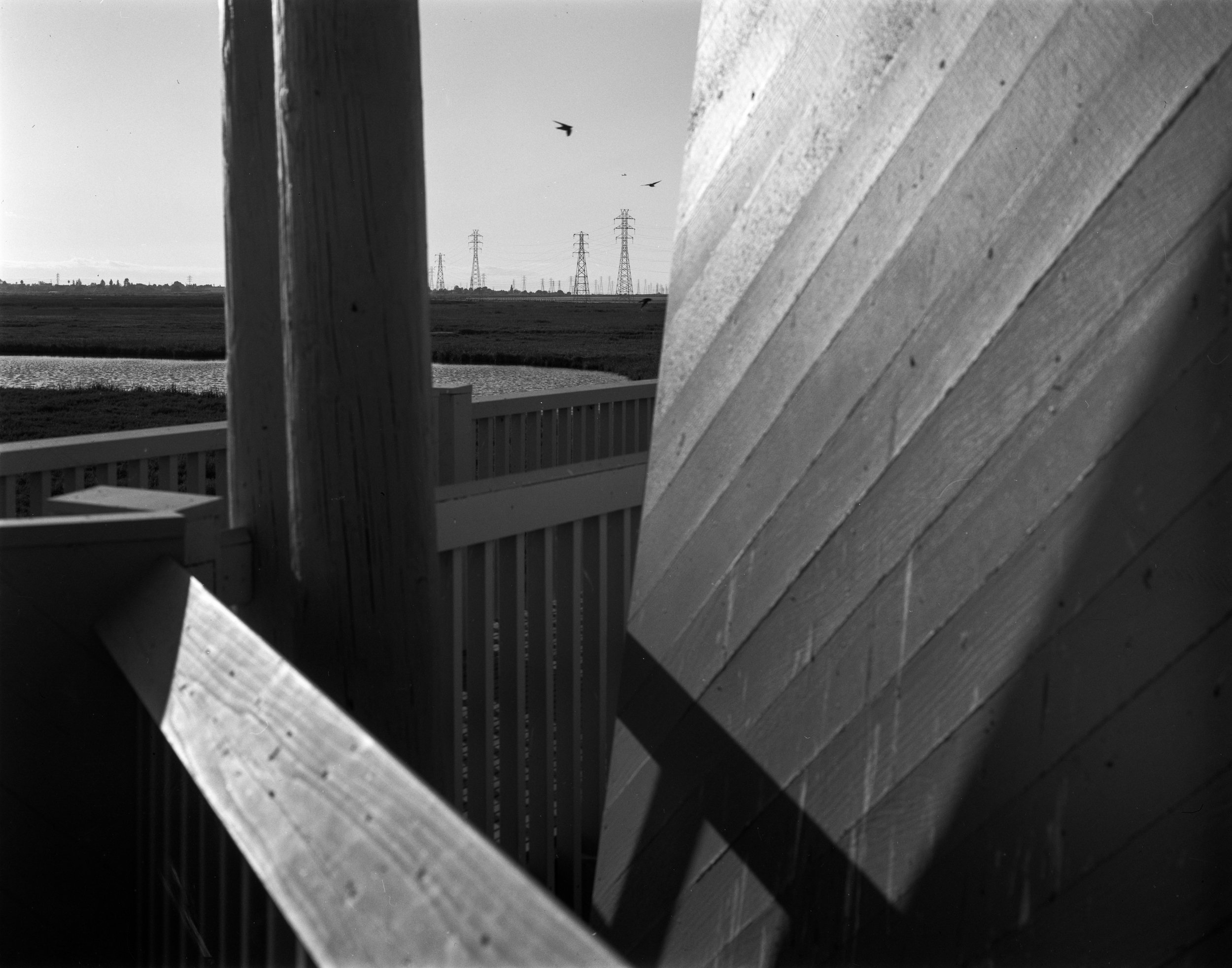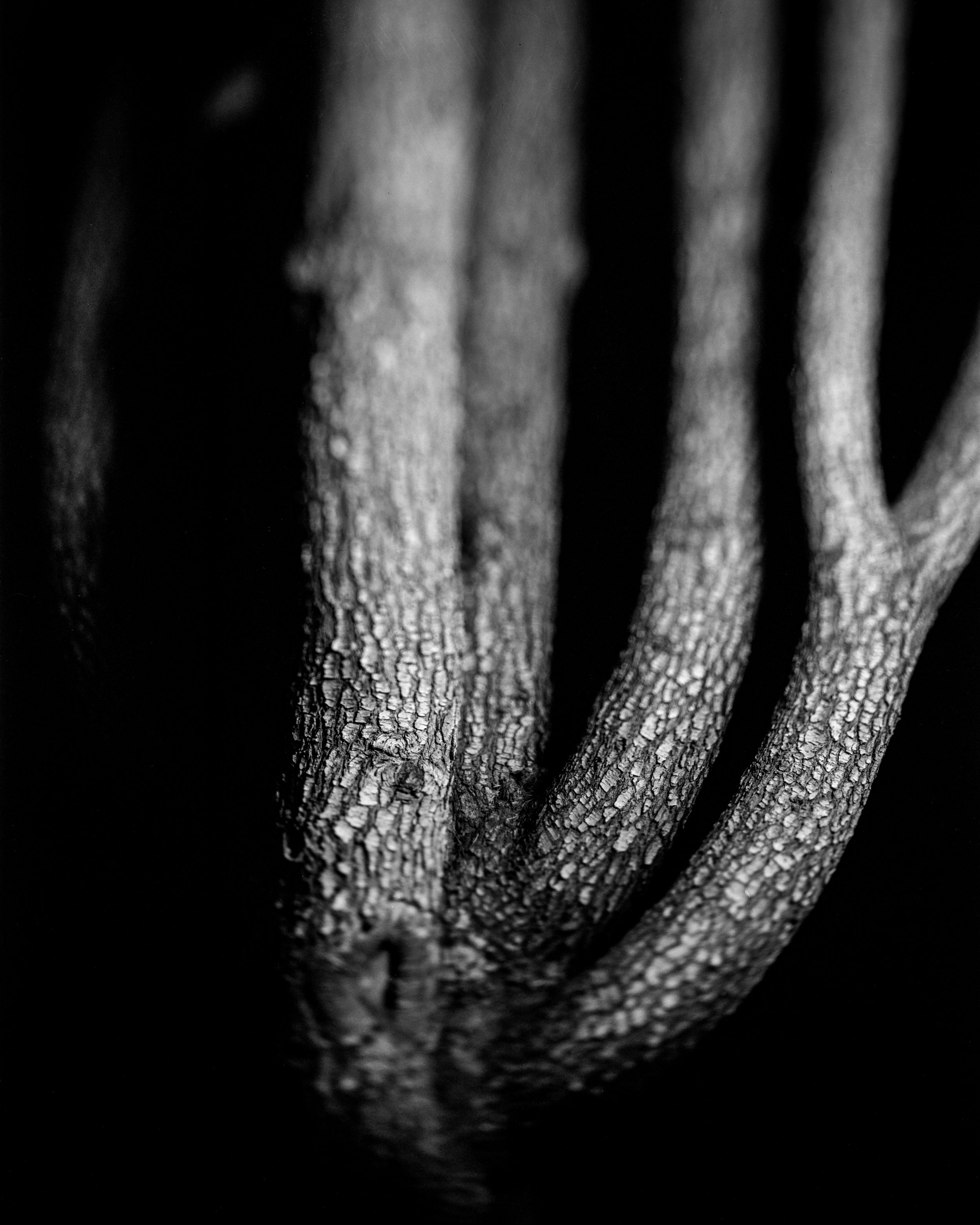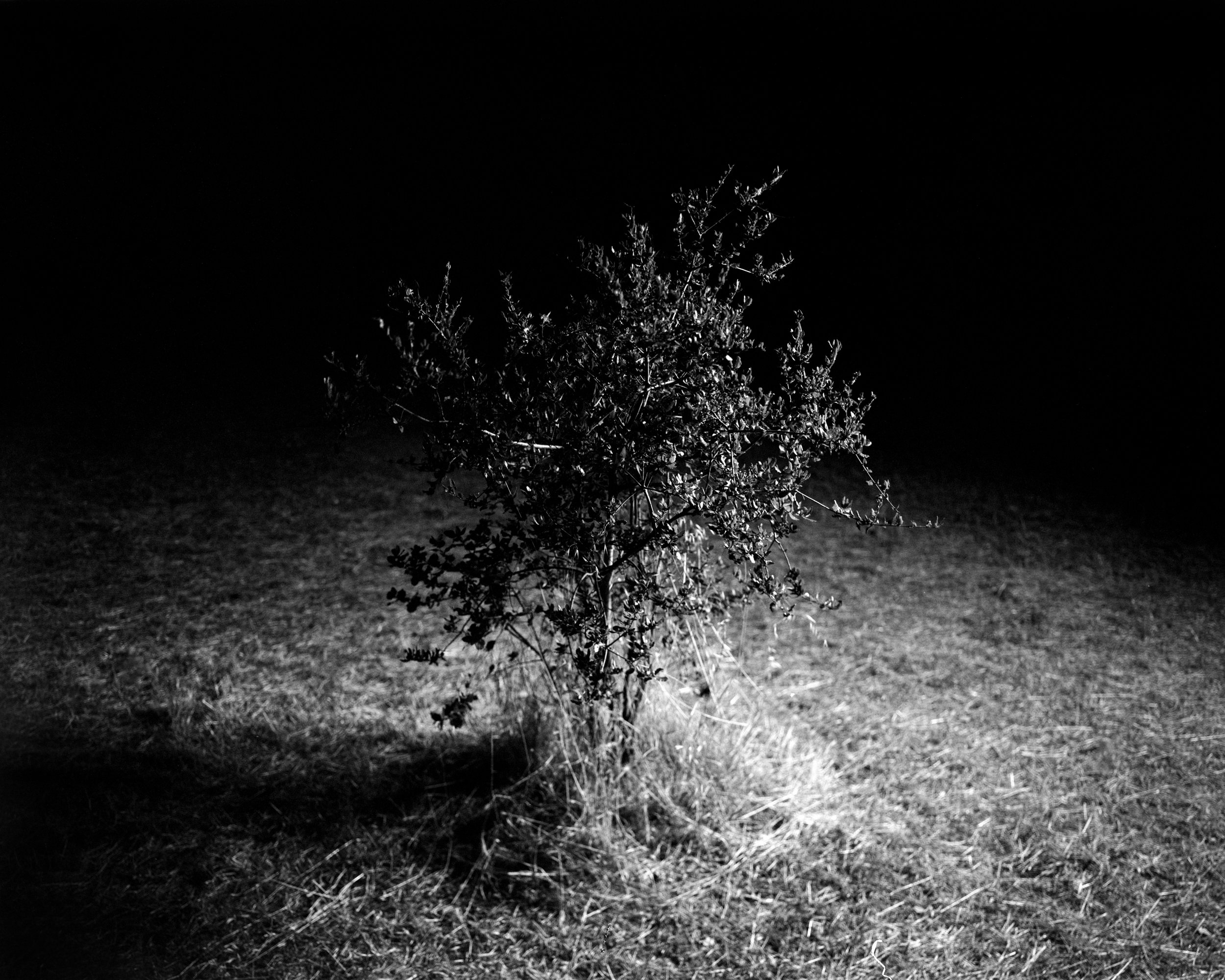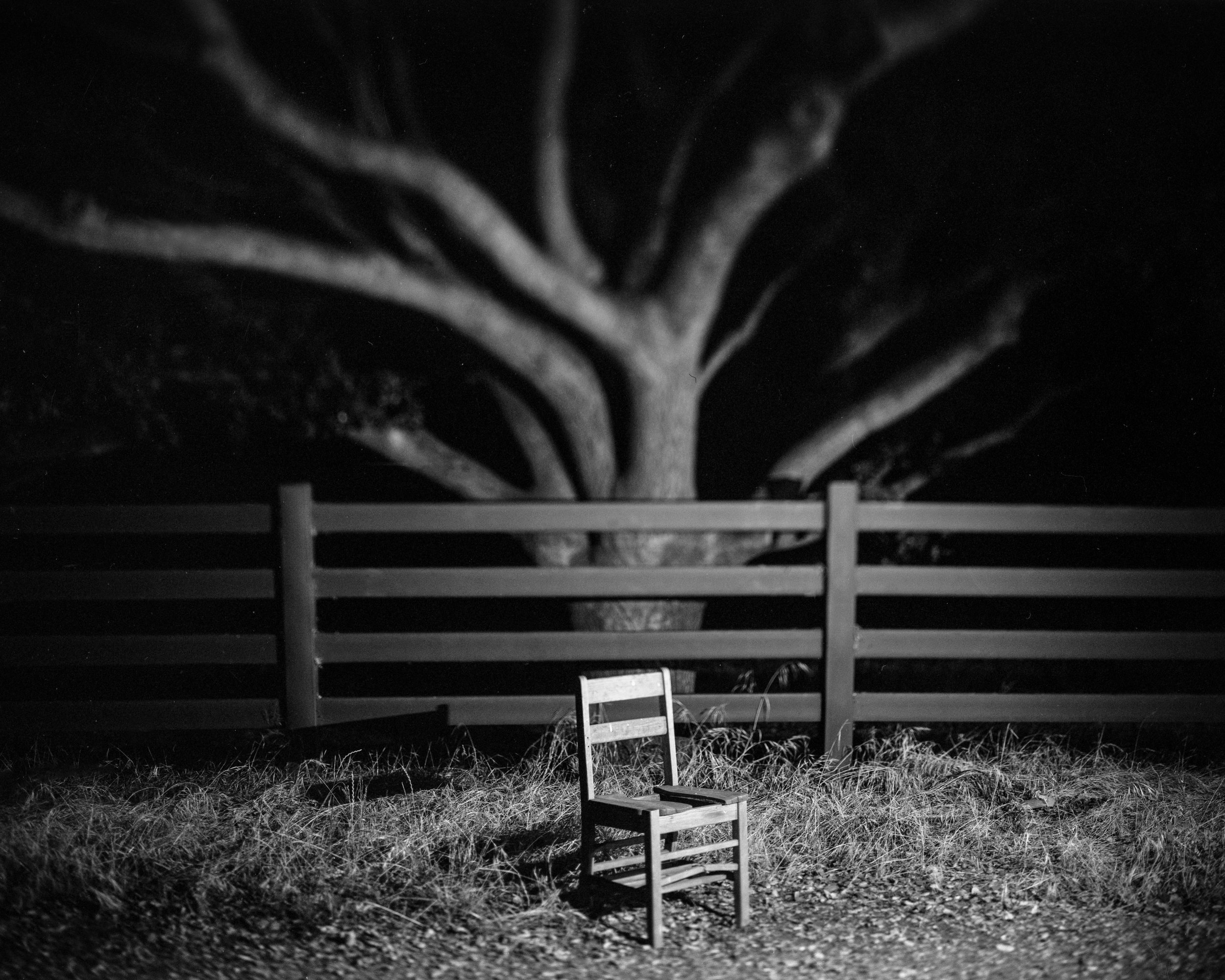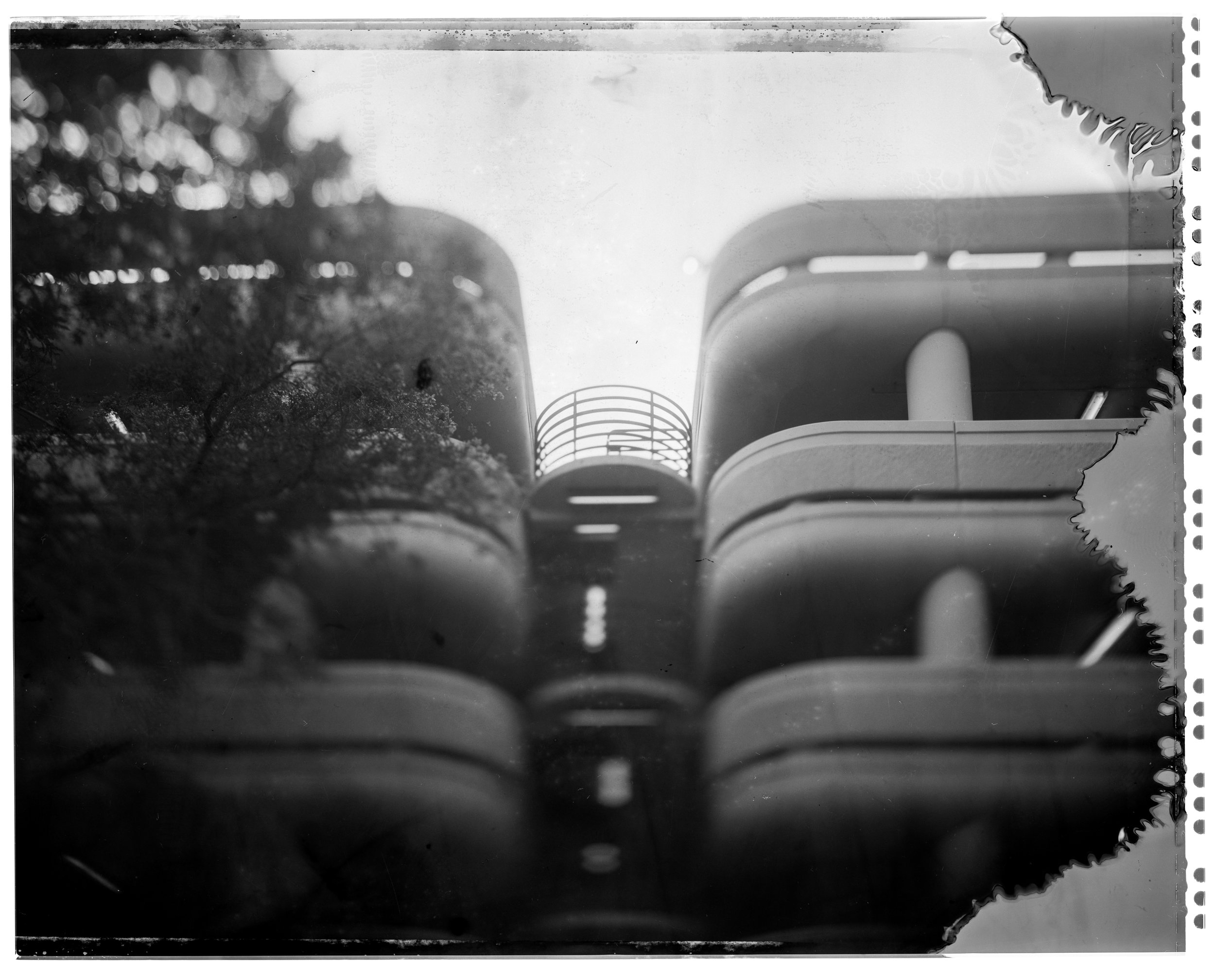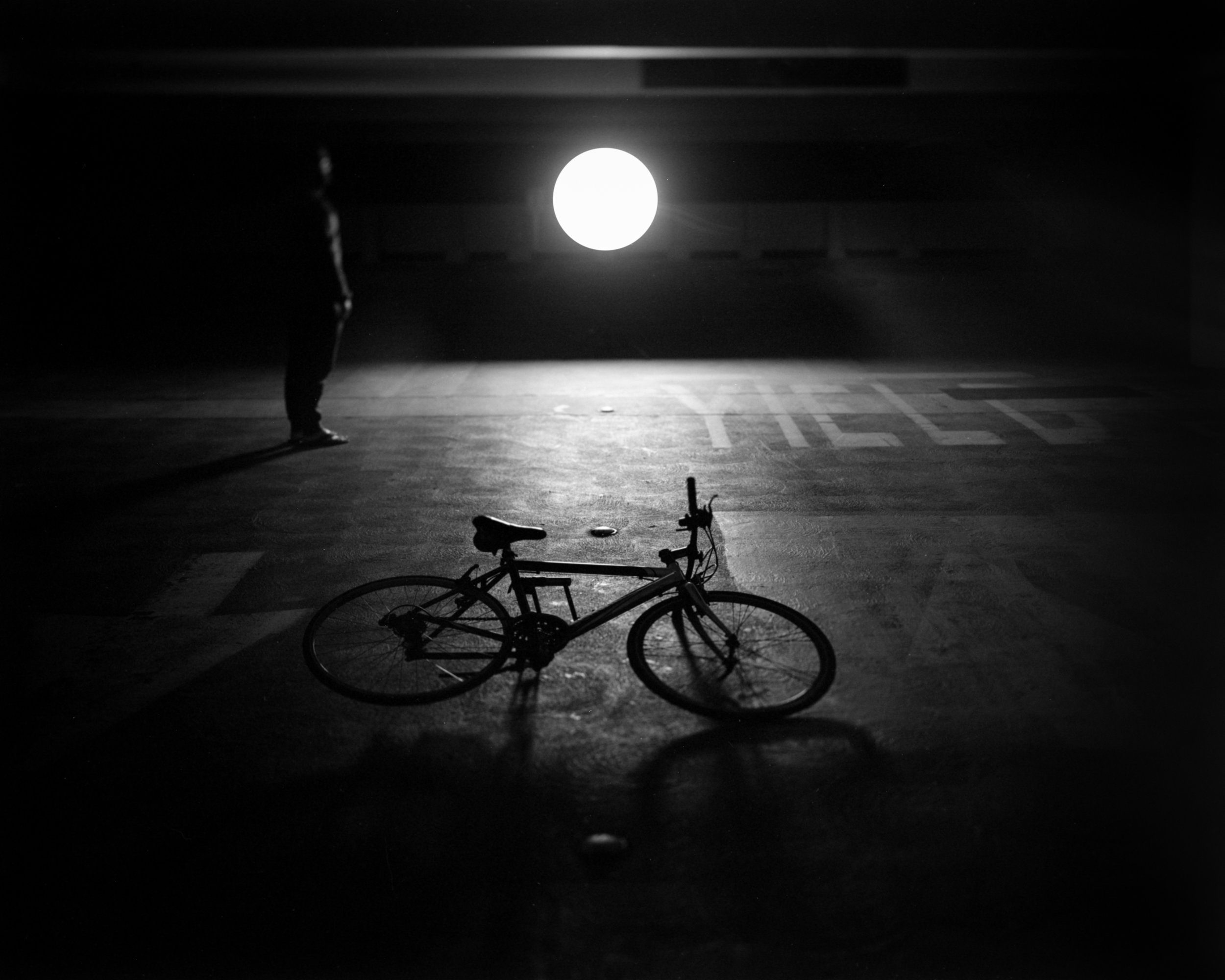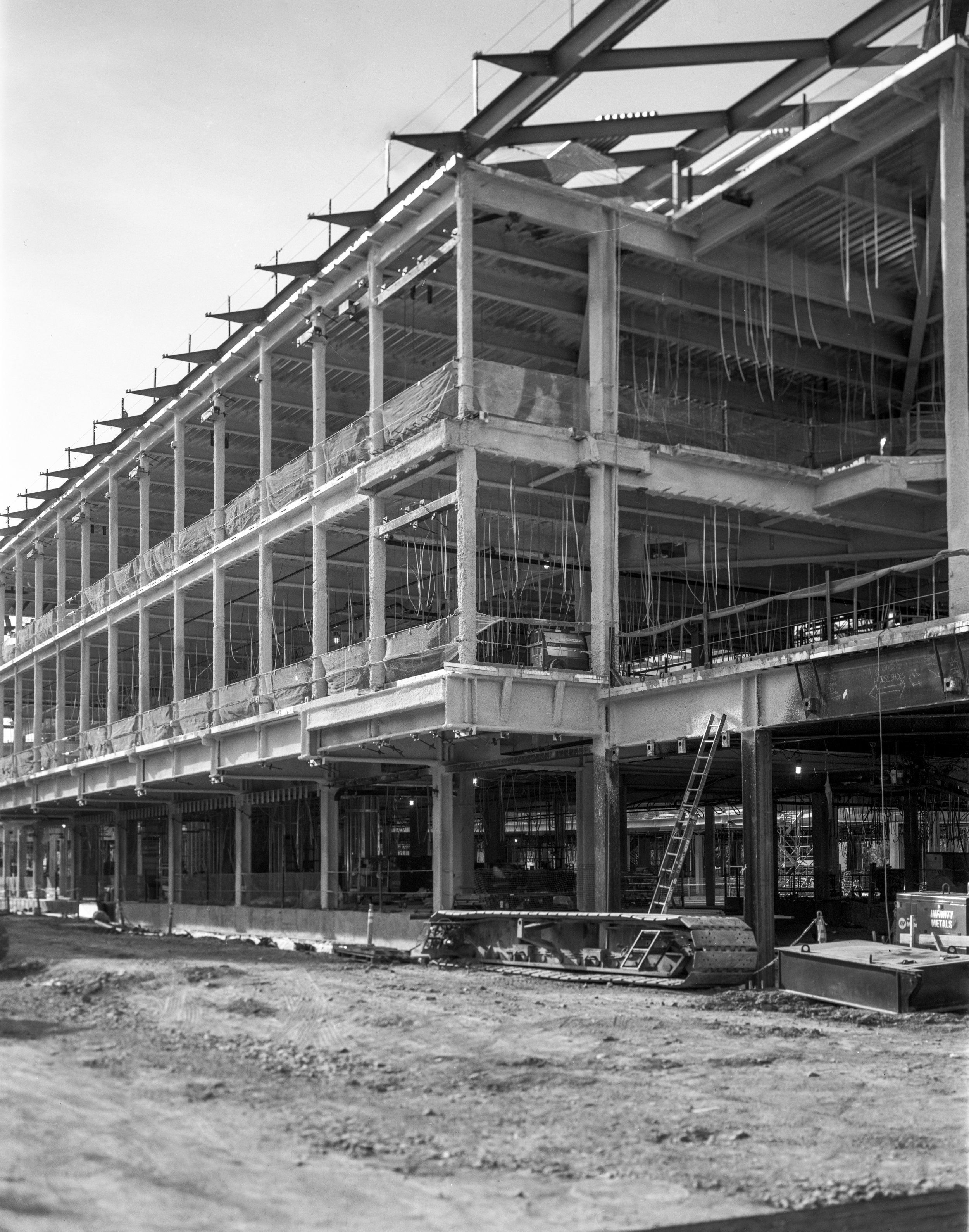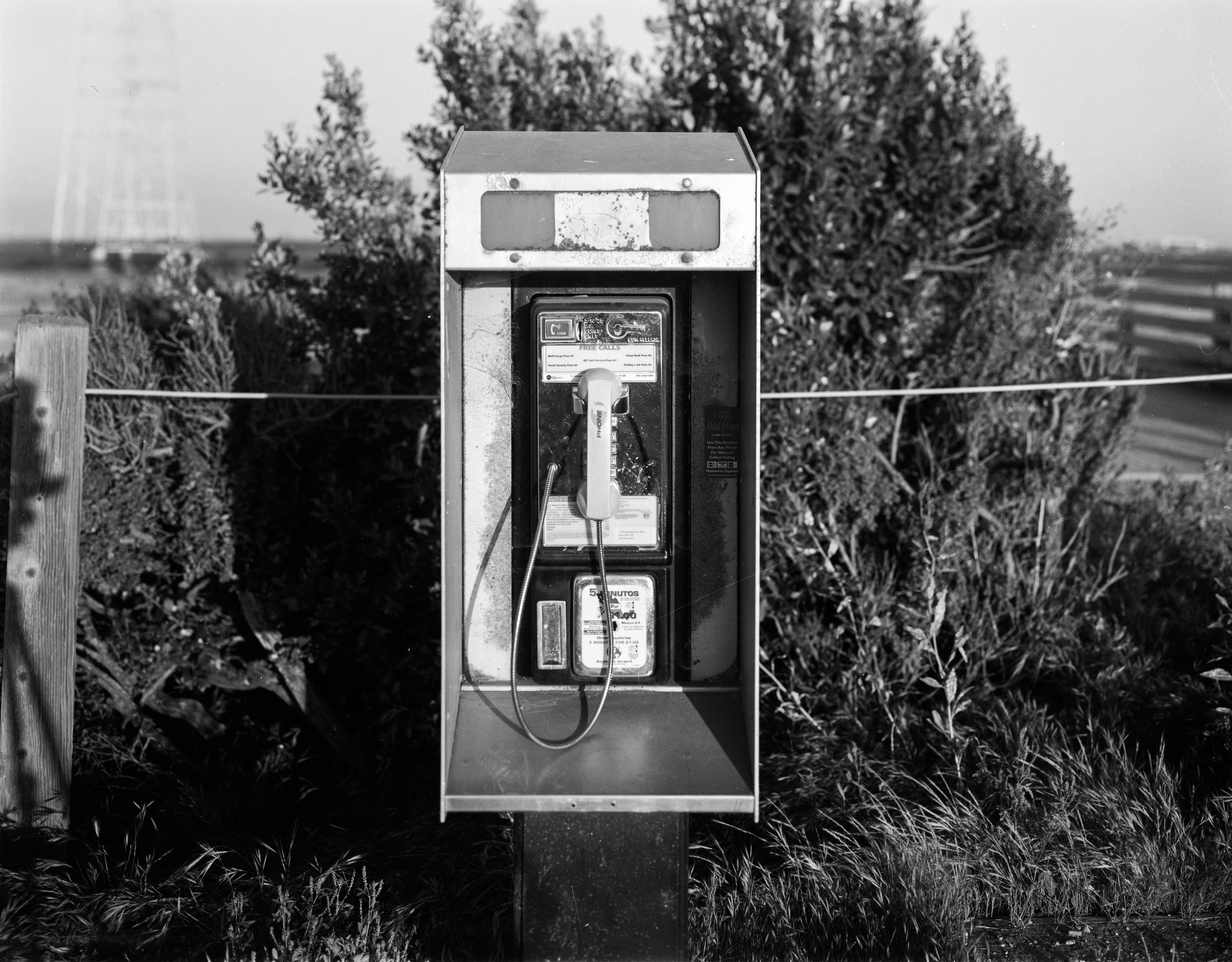LFC-1: Large Format Camera System
Project Overview
After taking a large format photography class using 4x5 bellows film cameras, I was inspired to create a more modular and portable large format camera. I was hoping to design a system that would allow the user to quickly change lenses, focus without using fragile bellows, and accept standard 4x5 film holders.
LFC-1 Prototype 1
The first version of this camera was designed and build in under 10 weeks using a CNC and 3D Printer. I designed a very simple focusing mechanism that would simply slide linearly with the push of a small rod on the bottom of the camera. This mechanism had a good amount of friction and would be something that I would improve upon in later prototypes.
Prototype #1 images. Design includes CNC’d rear standard, 3D printed rigid bellows, 3D printed handle, 3D printed focus screen holder, 3D printed film holder, Schneider 90mm leaf shutter lens, acrylic ground glass.
4x5 Sample Photos
The CNCing Process
I used a total of 10 different tools to machine the rear body of prototype 1 of LFC. Starting with a 8x8x1” aluminum block, I faced the sides with the shell mill, before performing the main milling operations on the top side of the part. This was done with 1”, 1/2”, and 1/4” flat end mills, single lip cutters (for the logo), a chamfer end mill, two T-Slot cutters, and 8-32 drilling and tapping tooling.
Next Steps: Focusing Mechanism Rethink
One of the things that needed improvement in the first LFC-1 prototype was the focusing mechanism. It was designed to slide forwards and backwards on a lubricated rail. However, because of the weight of the lens, this made for an unbalanced situation. Fine focusing adjustments became difficult.
My current project to tweak the focusing mechanism has me looking at helical focusing mechanisms. In this situation, a human spins a focusing ring through 120º. During this rotation, the lens moves from infinity to close focus. This distributes the weight of the lens around the entire mechanism, making for a much smoother operation and consistent focus pulls. The modularity of the LFC-1 system means I can just 3D print the front bellows to integrate this new focusing design.
Next Steps: Film Magazine
The next thing I wanted to improve about the 4x5 shooting process is the film holders. Products like this one from Toyo-View run about $75 each and only hold 2 pieces of 4x5 film. It would be nice to be able to store more. Perhaps we could fit an entire 25 sheet box of 4x5 film. I set about designing a magazine that would hold 25 sheets of film and allow you to easily and quickly switch between sheets of film on the go.
In the image above, you can see the early render of the design. (click on the image to enlarge it). We are looking at the module from the rear side where you load in the 25 sheets of film into this locking door. This must be done in total darkness, so special attention is paid to make the key touch points tactile for the user. From this view, you can notice a few features of the design. On the left side, you can also see the side dark slide slot. On the top, there are three holes which attach to the three rollers built into the magazine which advance the sheets of film through the module. The image on the right shows these rollers in more detail. These will be rotated via motors built into a future version of the LFC body or via an add on module for users shooting with conventional view cameras. I estimate something like this would retail for between $500-$1000 USD.
Version 2 Body Design
In order to fit the film magazine (20mm thick compared to 13mm of a standard film holder) I decided to redesign the aluminum body. It also takes into account the manual advance mechanism to move the film inside the film magazine. On the left hand side of the camera, a small door seals the magazine into the body. A dark slide sits flush to the side of the camera and can be ejected when photos are being taken.
In addition, the top of the camera now holds a rangefinder mechanism. A rangefinder works by translating the rotation of the lens helix into the rotation of a calibrated optic such that the viewfinder displays the focus point of the camera. A huge advantage to a rangefinder compared to a SLR is the fact that it can be much more compact. A SLR type 4x5 camera would be absolutely massive as it would have to hold a mirror and prism the size of the film negative. Moving that would be impractical. By using a rangefinder design, we can focus the camera without looking through the lens. This alleviates the need to look through a ground glass.
The movement of the lens (inwards and outwards) moves a focusing level which rotates lens elements in the rangefinder portion of the camera. You can see in the image above left how the 5 optical elements are used to project a focussing path onto the center of the viewfinder. This was designed to give a 100% FOV with a 90mm lens fitted to the front of the camera. This mechanism is currently being prototyped as there needs to be precise calibration between focus throw and rangefinder rotation.
In this most recent design of LFC-1, I have shrunk the rangefinder mechanism to take up approximately 60% of the width of the camera. This allows for me to position the film advance dial and mechanism on the upper panel. Current work is going into simplifying this dial and advance/retract mechanism as it integrates with the film magazines. While I’m at it, why not a black version?
Another recent change to the camera involves the back of the main body. I removed the transparent glass back and put in an ISO indicator. This is something found on many analogue Leica film cameras as a way to keep track of the film speed in an elegant way. The image on the left shows this implementation. You can display film speeds from 50 ISO to 1600 ISO.
The accent color on the shutter release is inspired by the Hasselblad X1D medium format camera seen in the image below.
